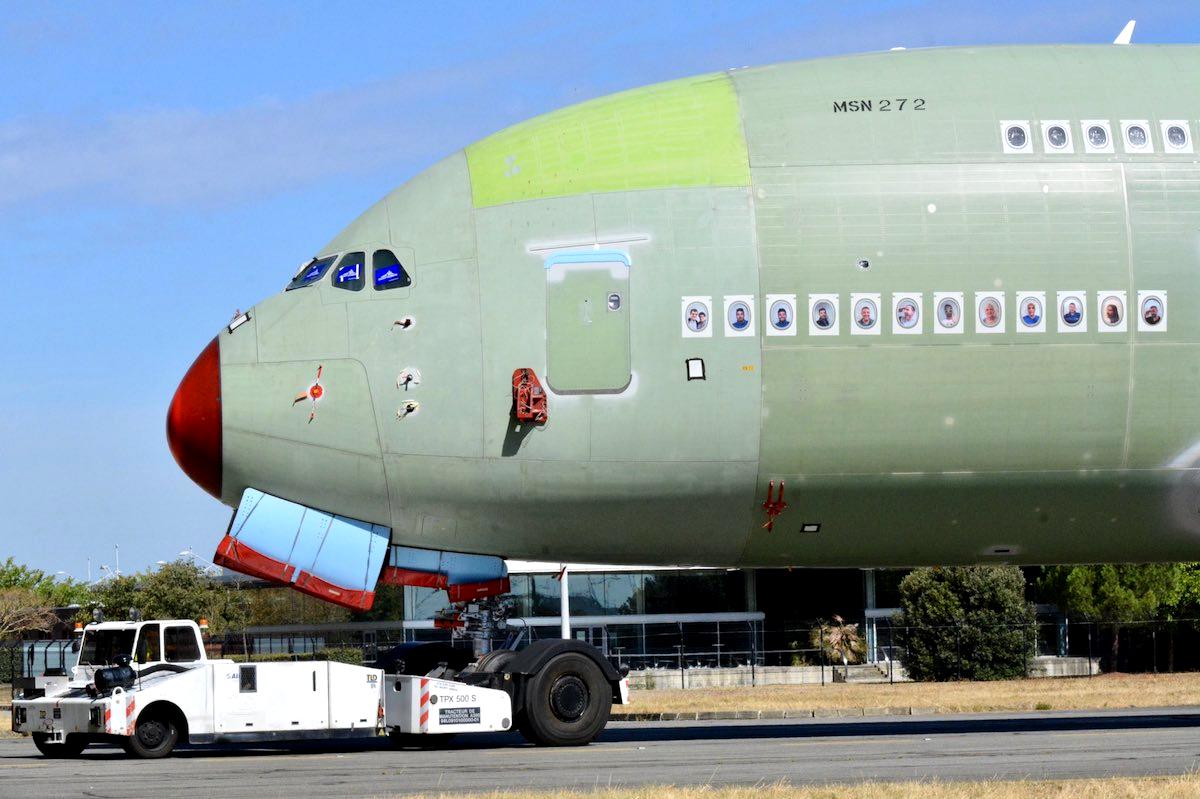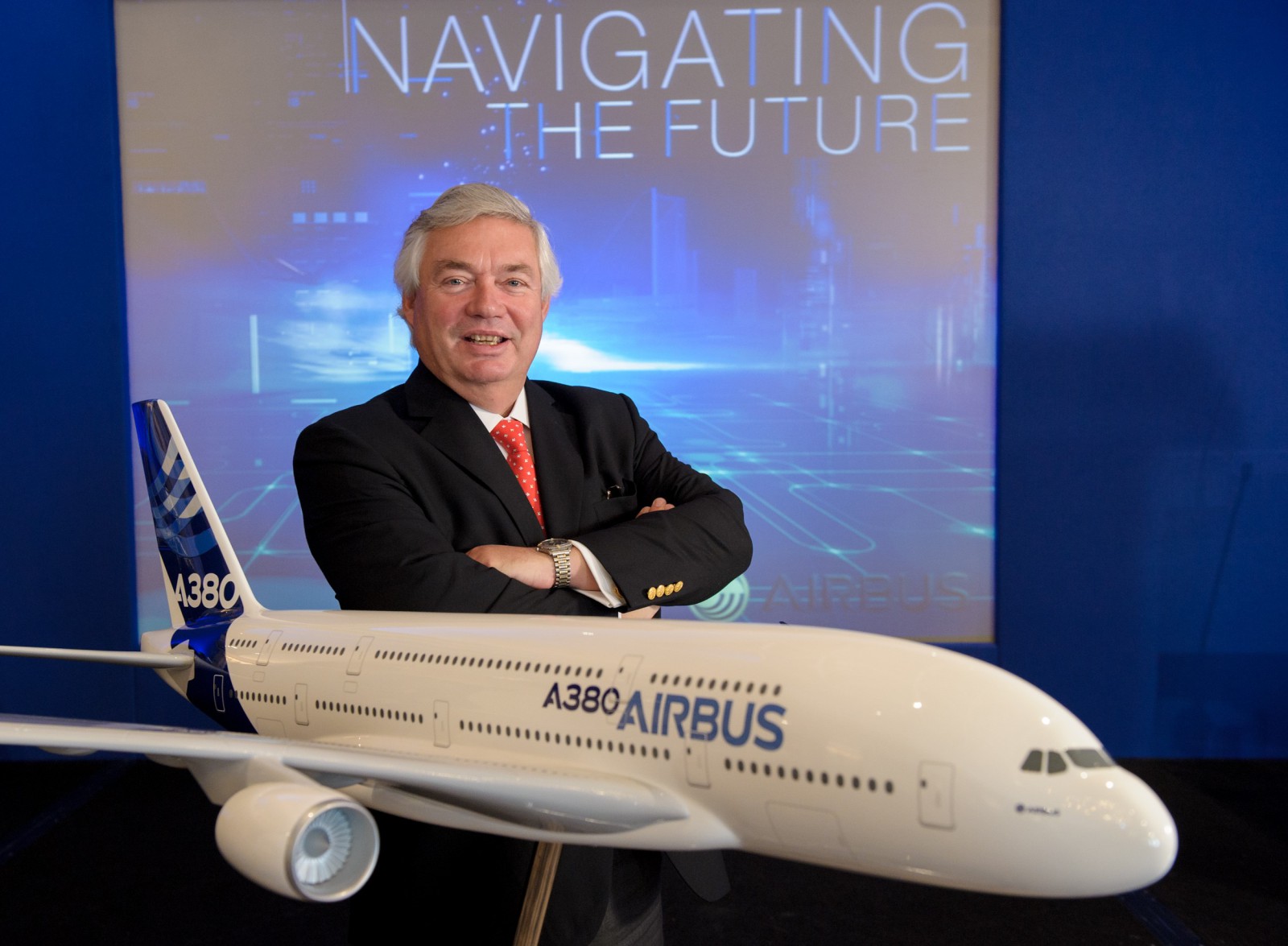UP4014
Senior Member
- Joined
- Jul 22, 2008
- Posts
- 6,900
Sounds like Holden Vs Ford, doesn't it?
And look how that ended up.
Sounds like Holden Vs Ford, doesn't it?
Airbus slashes A380 superjumbo production
The worst bits are -
The A380 build rate will be reduced to eight jets a year in 2019, down from 15 this year and 28 in 2016, Airbus said Wednesday.
The A380 was already due to see production cut to one aircraft a month from next May, and the reductions mean that it is no longer breaking even on a per-plane basis. The company has long since given up on recouping the program’s €25 billion in development costs.
Even if you don't like the aircraft, this isn't good news for anyone.
but I won't be surprised if there are still 747s flying after the last 380 has been scrapped.
Well nor would I. Especially given the 747-800 had its first commercial flight about 4 years after the first A380 flight!
Really? Source? Are they all freighters?And maybe have 30 orders ready to announce ??
I’m presuming Sprucegoose is talking about these guys?Really? Source? Are they all freighters?
 samchui.com
samchui.com

I’m presuming Sprucegoose is talking about these guys?
I personally think it’s pie in the sky stuff

 www.airlineratings.com
www.airlineratings.com
AFF Supporters can remove this and all advertisements
Interesting article I just read...

Airbus supersalesman blames engines for A380 failure - Airline Ratings
Airbus supersalesman John Leahy has broken his silence to speak out about the failure of the A380 superjumbo that passengers love. In a two-part series, Mr. Leahy speaks exclusively to Airlineratings.com John Leahy, in retirement since early 2018, is an aviation legend and seen as the ultimate...www.airlineratings.com
Which afaik was at least partially down to the oversized wing which was reportedly designed for a 380-900 sized aircraft, which Leahy also mentions.
But engines were definitely an issue.
I wonder with hindsight whether the aircraft could have been designed around existing engines - say four A330 engines to reduce this cost of development, with perhaps a simpler path to shifting to a neo engine.
Were the A330 and A340 engines the same?As in all things aviation, if you change on thing, you end up changing many. There have always been claims that the wing was designed for the mythical -900, but I’ve never seen anything official that says that. It really makes very little sense, to compromise your design, for something that might happen in the future.
The aircraft’s performance was as good as it was, in large part because of the wing. It would never have been able to operate from the shortish runways that it could, had the wing been smaller. The large wing was also a factor in its ability to get up high, early in flights, which helped with fuel burn. Approach and take off speeds were relatively low, again because of that big wing. Make them higher, and you need more powerful engines, longer runways, and so on.
Engine reliability was an issue. Changes were happening far too often, though failures were rare.
That would give you an A340. Underpowered. Terrible performance. Probably unable to fly across the Pacific (west bound). It would have had approximately the performance of a 380 operating on three of the current engines...not nice. The aircraft would have been stillborn.
No. Whilst there were later models of the A340, did have engines in 50-60,000 lb class, they were initially introduced with engines of around half the size of the A330. In large part it was an attempt to circumvent the ETOPS rules as they existed at the time.Were the A330 and A340 engines the same?

